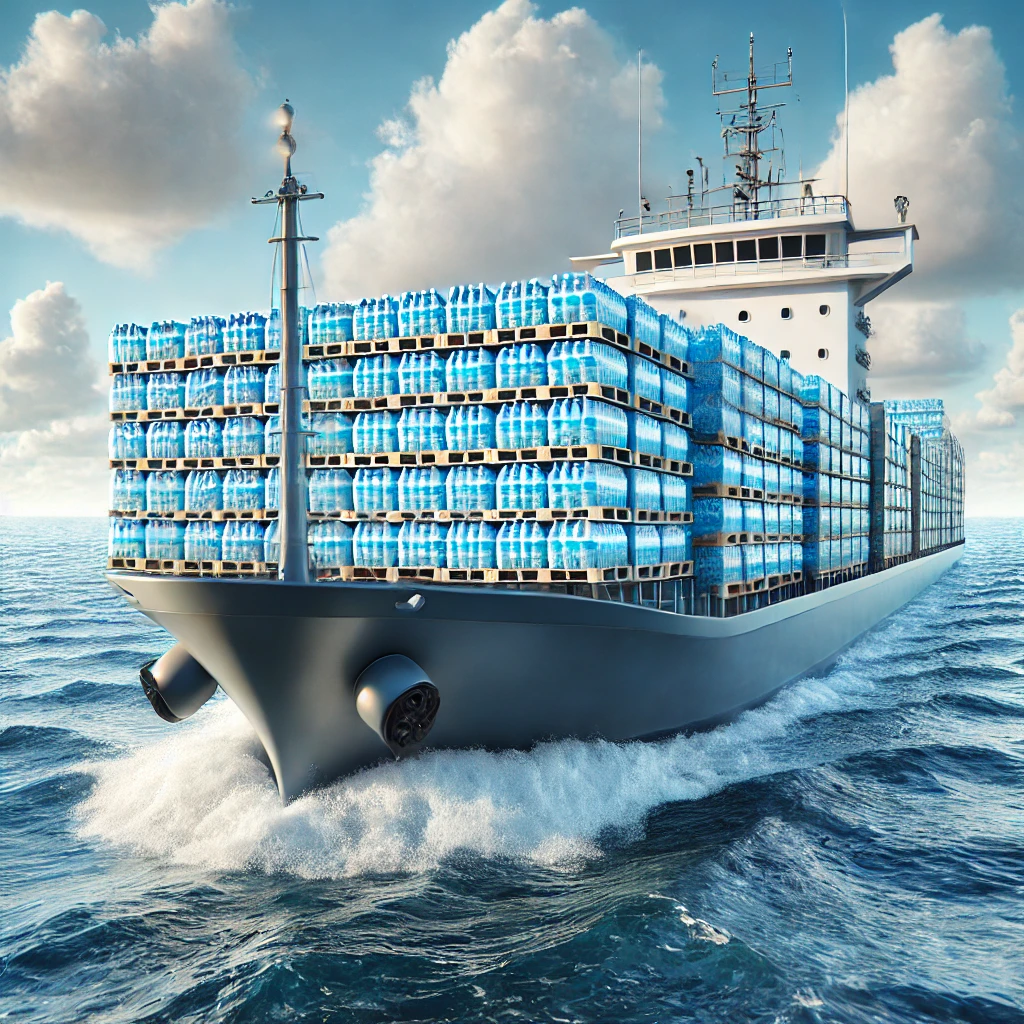The bottled water business does very well with luring the benefits of convenience and efficiency and maintains a steady supply of clean water to the people. The shipping of liquids can be complex, particularly across international borders, since a wide range of regulations and limitations tend to apply to flammable or alcoholic substances in particular.
Being aware of USPS regulations is very essential in effective and lawful shipping, and they concern classification, packaging, and labeling. There are alternative means of transport- cargo ships and barges, which are less fast, but cost effective and hence an alternative way that businesses should remember during shipping. If you need more interested info like that visit quick guider.
The uses of inland water transport are becoming more successful because it is an environment-friendly and cheap mode of transporting goods, as can be seen in the case of Inland Water Transport Development Company in Pakistan. Local and Karachi based experts are working together and constructing a 300 ton cargo ship even though experiencing the logistical issues.
This ship with its twin 650hp and 12 knots speed will be an efficient way to transport merchandise in the rivers. As international trade increases, companies have to account of different export regulations that individual nations have, the export duties imposed by the nations that could be significant on liquids, and specific packaging requirements in some countries.
Choosing the Right Packaging for Shipping Mineral Bottled Water
Picking the appropriate packaging of bottled water can be important and can affect the safety, sustainability and brand of the water. Some of the popular ones consist of PET plastic bottles which are reusable, less weighty glass bottles that maintain purity, heavy, aluminum cans which also protect against contaminants, and the boxed water which is considered environmental-friendly. If you need info related How to Dispose old gasoline.
Other novel approaches being tried by the companies include biodegradable materials and reusable containers as well as the sizes of the packaging, labeling, and branding to suit the market appeal. Ultimately, the packaging decision drive the efficiency of shipping, consumer preference and its sustainability aspiration in the industry.
The Efficiency and Impact of Air Freight in Bottled Water Shipping
An air freight is very quick and convenient way of transporting bottled water internationally as well as in emergency care services. It presents advantages such as speed, international coverage, temperature control and less handling that guarantees the quality of the received product.
Air freight is however very costly compared to sea or road transport and it is highly harmful to environment owing to carbon emissions. Producers of bottled water need to decide to what extent the trade-off can be accepted: more economical and more environmentally friendly delivery, usually by sea.
What’s the best way to ship non-hazardous, non-dangerous liquids?
Liquid shipping is sensitive and must be properly packaged to avoid specimen leakage, meet regulatory conditions and offer a good customer experience. Leak proof, secure containers with inner and outer protection, like bubble wrap and double-boxing, can help to keep products safe on transit. Major carriers such as USPS, UPS, and FedEx permit shipping of liquids but impose certain restrictions to be followed including the international shipment. Insurance and proper documentation, labeling of shipments can also protect it, and guarantee their safe transport and efficient delivery.
How do I ship liquids in bulk?
Bulk transportation of non-hazardous liquids, that are not flammable, can be achieved with the help of dense ocean freight providers like DHL that utilize containers that are specifically designed to transport liquid materials, including Flexitanks and ISO tanks. Liquid transport to long distances is achieved through a number of transportation means such as tanker shipping vessels, rail tank cars, tanker trucks as well as through pipelines.
Safety and regulations as well as the cost-effectiveness also represent important factors with maritime routes being the most commonly used in the case of bulk liquid transportation. Knowledge of special equipment, processes, and responsibilities is essential to successfully organize the liquid bulk transportation in the supply chains.
How to Ship Water and Other Liquids with the USPS
When shipping liquids with USPS, several guidelines are to be considered such as: leak-proof container, absorbent materials, and secure packaging. Liquids are particular items that are categorized by SPS to have special rules that one might not be aware of, and thus, also of essence to note them to avoid any possible incidences.
Marking the package properly that it contains liquids will assist in safe transportation Stamps.com can help with that by ensuring that the process is easier since shipping solutions and label printing are available.
Conclusion
Transportation of bottled water and any other drink should be handled with a lot of care in regard to packaging, mode of transportation and regulations. Although air freight is fast and efficient, it is very expensive, and environmentally offensive hence making sea and inland water transport a more sustainable option. Bulk liquid transportation depends on special-use containers such as Flexitanks and ISO tanks, safety and cost-effectiveness are important in the logistics of such cargo.
Companies will need to consider convenience, sustainability and cost in determining the most favorable shipping rates in moving their liquid products.
FAQS
What are the ways to transport water?
Water can be transported using pipelines, tanker trucks, rail tank cars, and ships. Each method is chosen based on distance, cost, and the amount of water being moved.
How is bottled water shipped?
Bottled water is shipped in boxes or pallets using trucks, ships, or planes. The packaging must be secure to prevent leaks or damage during transport.
What is shipping on water called?
Shipping on water is called maritime transport or water freight. It includes transportation by cargo ships, barges, or tankers.
How to ship liquids internationally?
To ship liquids internationally, use leak-proof packaging, follow customs regulations, and choose a reliable carrier like DHL, FedEx, or UPS. Some liquids may need special labeling or documentation to meet shipping rules.
